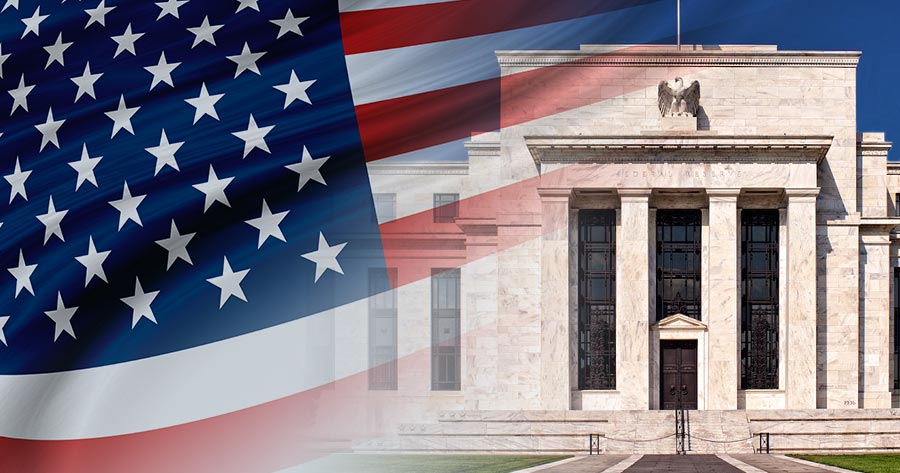Federal Reservers meeting minutes showed that the central bank need to raise interest rates in half-point steps at their next two meetings, continuing an aggressive set of moves that would leave them with flexibility to shift gears later if needed.
While highlighting the “strong commitment and determination” of all policy makers to restore price stability, the minutes of the May 3-4 meeting, released Wednesday, showed officials attentive to financial conditions as they prepare to raise rates further.
The minutes indicate uncertainty over potential fault lines in financial markets as well as what level of rates would crimp demand as officials battle the hottest price pressures in 40 years. References to possibly moving to restrictive policy also signal officials won’t stop until inflation is on a convincing path back to their 2% target. It’s a strategy that signals policy will be more data-dependent after Fed meetings in June and July.
Atlanta Fed President Raphael Bostic suggested on Monday that a September pause “might make sense” if price pressures cooled.
“It is not unreasonable to think the Fed is underlining that the path from September onwards is not set in stone,” Evercore ISI’s Krishna Guha and Peter Williams wrote in a note to clients.
“But we would be careful not to overdo this and read into the Fed language any kind of Bostic September pause-like signal.”
Vincent Reinhart, chief economist at Dreyfus and Mellon, said the committee is deploying a strategy of “muscular” gradualism with a series of half-point hikes that will push to whatever frontier is necessary to get prices lower.
“Most participants judged that 50 basis-point increases in the target range would likely be appropriate at the next couple of meetings,” according to the minutes.
“Many participants judged that expediting the removal of policy accommodation would leave the committee well positioned later this year to assess the effects of policy firming and the extent to which economic developments warranted policy adjustments.”
Fed officials “noted that a restrictive stance of policy may well become appropriate depending on the evolving economic outlook and the risks to the outlook,” the minutes said. They said that labor demand continued to outstrip available supply.
At the meeting, officials also finalized plans to allow their $8.9 trillion balance sheet to begin shrinking, putting additional upward pressure on borrowing costs. Starting June 1, holdings of Treasuries will be allowed to decline by $30 billion a month, rising in increments to $60 billion a month in September, while mortgage-backed securities holdings will shrink by $17.5 billion a month, increasing to $35 billion.
“Regarding risks related to the balance sheet reduction, several participants noted the potential for unanticipated effects on financial market conditions,” the minutes said.
“I think the Fed has to risk a downturn,” Ethan Harris, head of global economics research at Bank of America Corp., told Bloomberg Television. “The real question is going to come later, when we get into the fall and when they decide whether to slow down or pause.”




